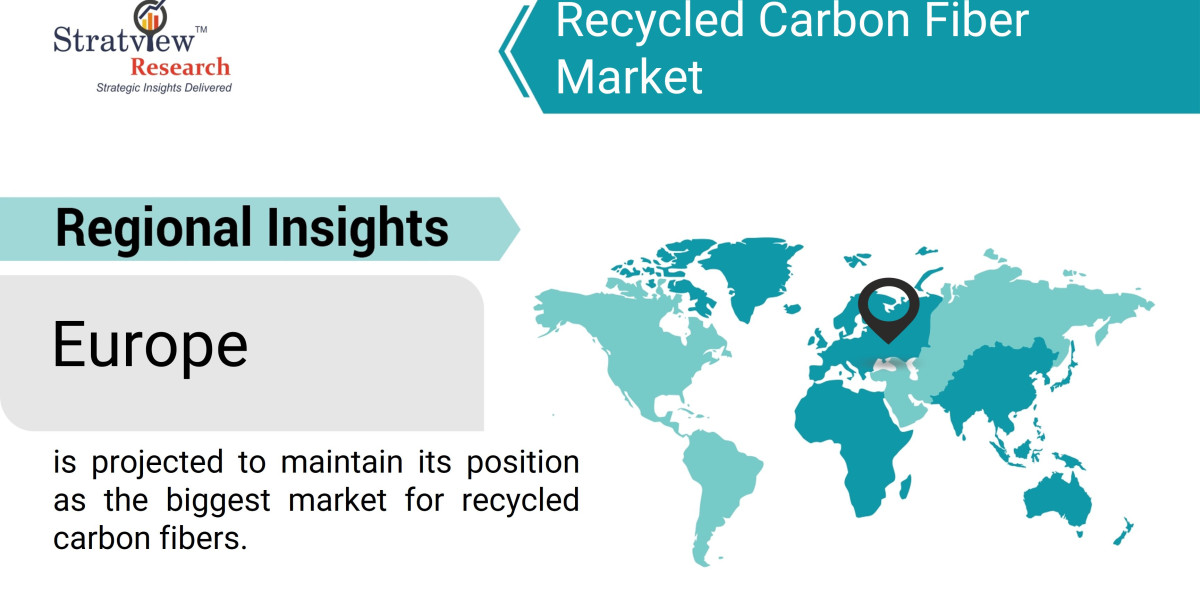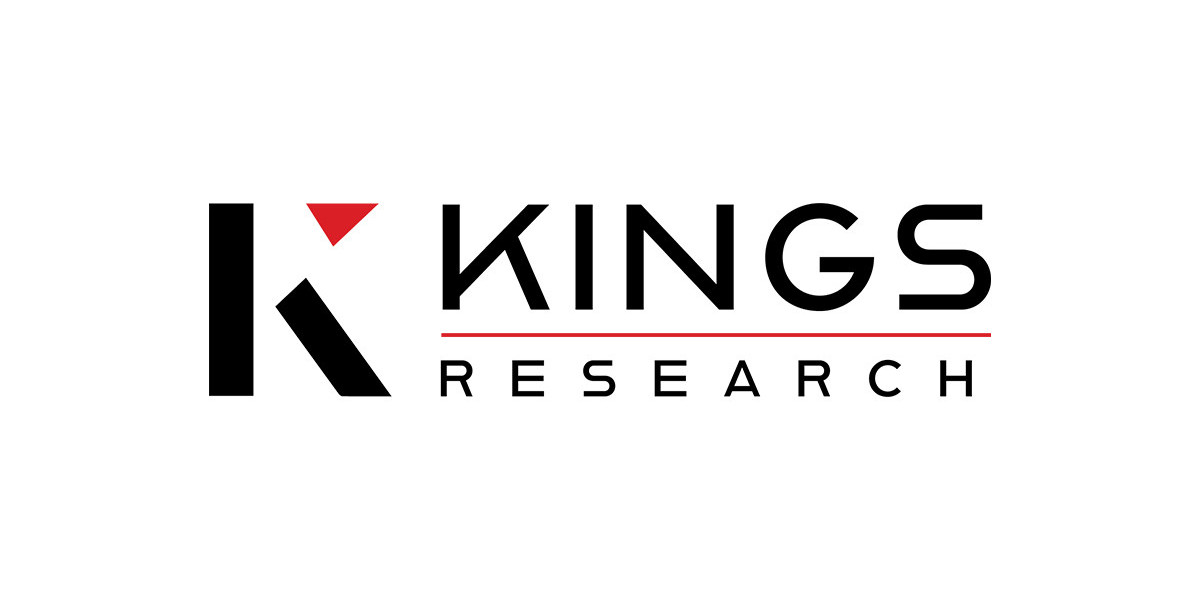The recycled carbon fiber market is poised for substantial growth as industries increasingly prioritize sustainability, cost efficiency, and performance. Recycled carbon fiber, known for its high strength-to-weight ratio and lower environmental impact compared to virgin carbon fiber, is gaining traction in key sectors such as automotive, aerospace, construction, and renewable energy. However, despite its promising outlook, the market also faces significant challenges. Understanding the future opportunities and hurdles in the recycled carbon fiber market is crucial as it evolves in 2024 and beyond.
According to Stratview Research, the recycled carbon fiber market is likely to grow at a promising CAGR of 18.1% during 2023-2028 to reach an estimated value of US$ 295.4 million in 2028.
Growth Opportunities
1. Automotive Sector Expansion
One of the most significant opportunities for the recycled carbon fiber market lies in the automotive sector. With the growing demand for electric vehicles (EVs) and the automotive industry's push toward lightweight materials to improve fuel efficiency, recycled carbon fiber offers a sustainable alternative to traditional materials. Its lightweight properties help reduce the weight of vehicles, contributing to lower energy consumption and increased range for EVs. As automotive manufacturers look for cost-effective, eco-friendly solutions, the demand for recycled carbon fiber is expected to rise significantly.
2. Aerospace and Defense Applications
The aerospace and defense industries are also driving demand for recycled carbon fiber due to its high performance and sustainability. In the aerospace sector, lightweight materials are essential for improving fuel efficiency and reducing emissions. Recycled carbon fiber, with its cost advantages over virgin fiber, presents an attractive solution for aerospace manufacturers looking to cut costs while maintaining high performance standards.
3. Renewable Energy Sector Growth
The renewable energy sector, particularly wind energy, offers another growth avenue. Wind turbine blades, which require strong and lightweight materials, are increasingly incorporating recycled carbon fiber. As the global transition to renewable energy accelerates, the demand for recycled carbon fiber in the construction of wind turbines and other renewable energy infrastructure will continue to grow.
Challenges
1. Supply Chain Limitations
Despite its potential, the recycled carbon fiber market faces challenges related to supply chain limitations. The process of recycling carbon fiber is complex, and there are limited facilities equipped to handle the recycling process efficiently. As demand increases, expanding and optimizing the recycling infrastructure will be critical to meet industry needs.
2. Quality Consistency
Another challenge in the market is ensuring consistent quality in recycled carbon fiber. Unlike virgin carbon fiber, which has highly controlled properties, recycled carbon fiber can vary in strength and performance depending on the source material and recycling process. This variability can deter manufacturers from adopting recycled carbon fiber for critical applications.
Conclusion
The future of the recycled carbon fiber market is filled with exciting opportunities, particularly in the automotive, aerospace, and renewable energy sectors. However, challenges such as supply chain constraints and quality consistency must be addressed to unlock the full potential of recycled carbon fiber. As industries continue to emphasize sustainability and cost efficiency, the market for recycled carbon fiber is set to grow, but it will require innovation and investment to overcome existing obstacles.


